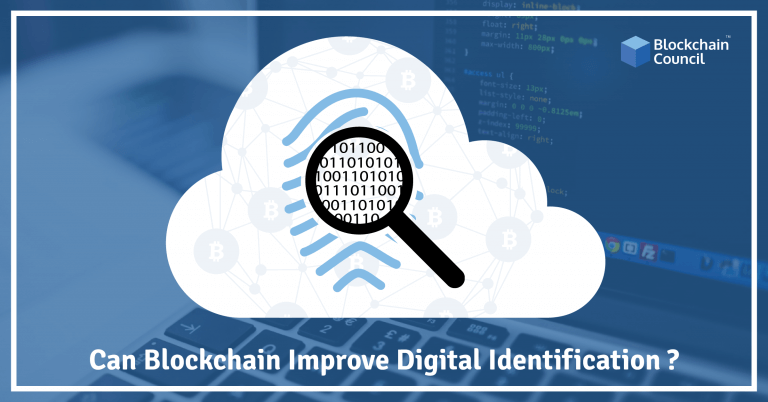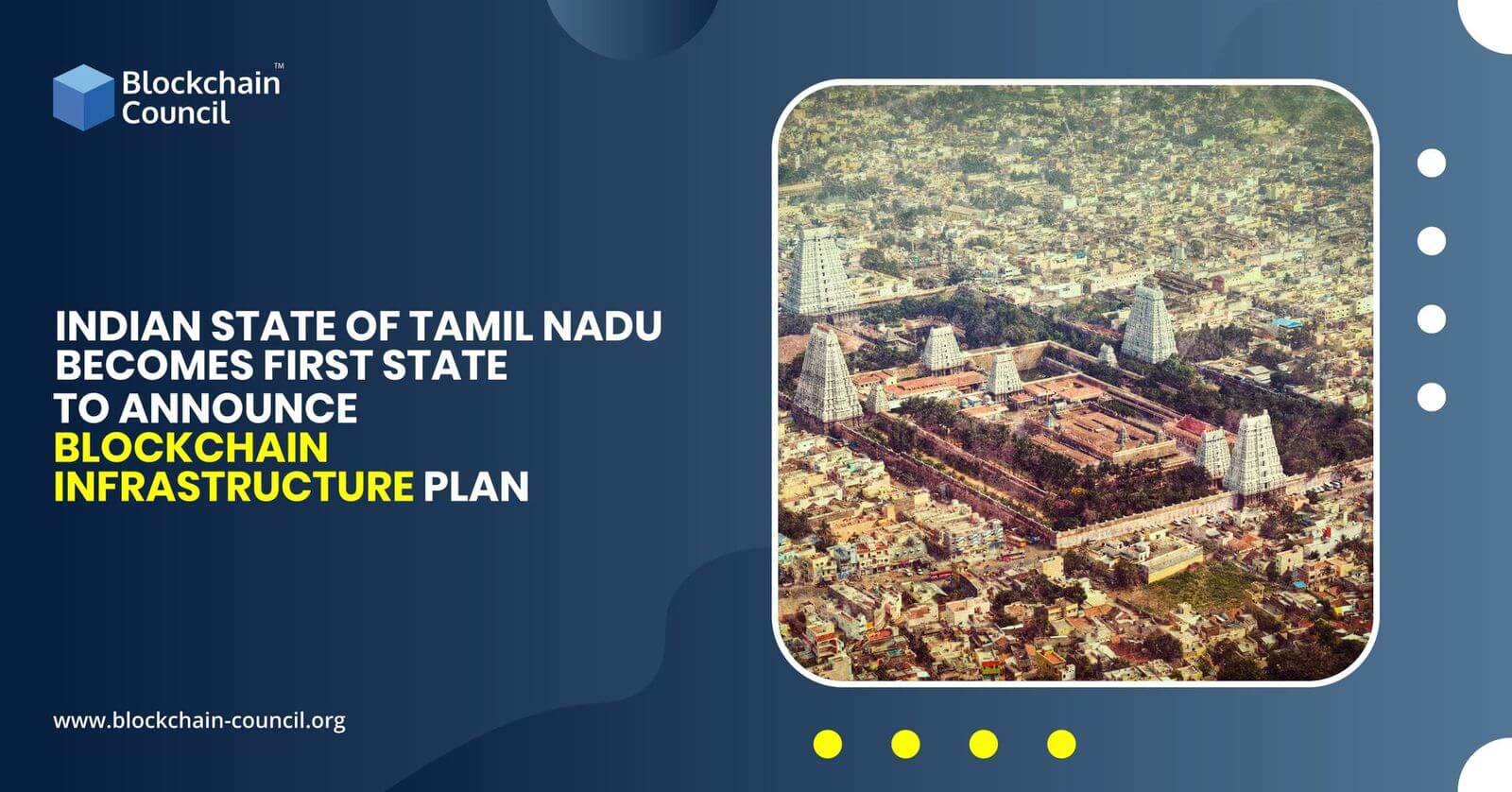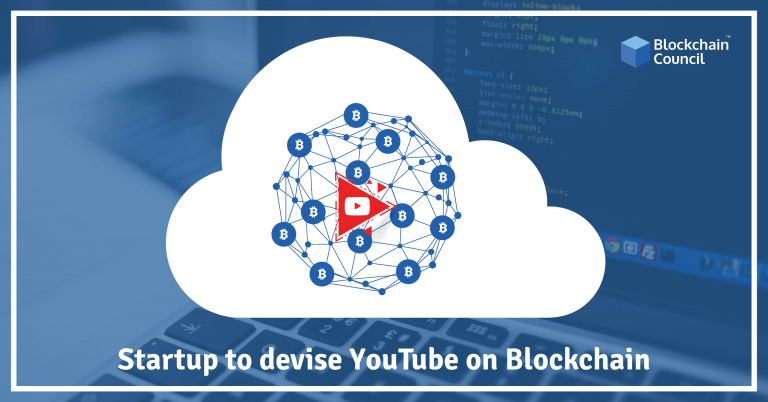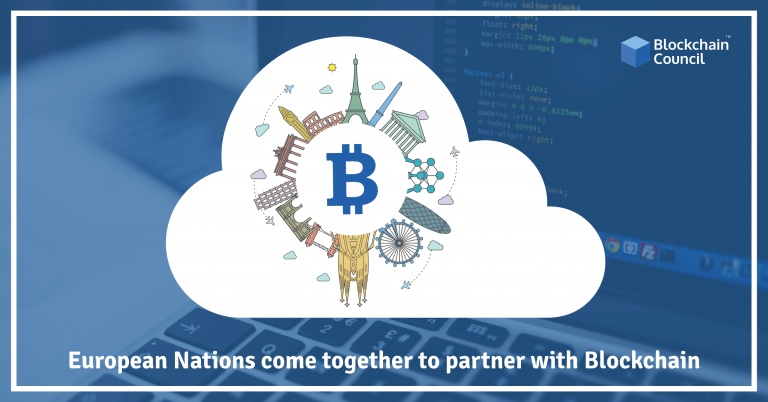
- Toshendra Kumar Sharma
- March 10, 2018
In this blog, I will be highlighting identification and blockchain technology. Having an identity is very important and has become an integral part of our daily lives. Whether its admission or buying a product, healthcare or passport, people need to have digital identities. With multiple needs, people often create too many identities. Thus, it becomes difficult for a person to remember everything. At the same time the companies like banks, agencies, etc., find it difficult to aggregate all the information and this increases their cost as well. Many companies like Microsoft, IBM, Deloitte are working towards using blockchain as a platform to improve digital identity management.
Blockchain technology is known for financial transactions, but its use cases are not limited to this. It can be applied to identify application areas like digital identities, e-residency, online account logins, etc. Having digital identity over blockchain will give everyone a better control over their personal information.
Lets first understand why there is a need to sync digital identity with blockchain and what makes blockchain the most suitable technology?
Problems with the current system –
If we talk about digital identity, then it has become mandatory in almost every sector, whether it’s banking, nationals security, healthcare or online retailing. The need for digital identity has risen. Here are some of the common problems of the current digital identity system:-
Centralized data– With the current system we have the centralized and traditional identify managed which has many loopholes. The major problem that we encounter with the current system is the centralized repository of data which means that any fault in the centralized location may result in loss of information. The hackers can quickly get access to every data by attacking the centralized location.
Password-based system– The traditional digital identity management system is password-based, and this information is stored in a place which is easy to hack making the entire information highly vulnerable.
Costly affair– The system that we use today is expensive when it comes to the technology which underlies this processes and systems.
Despite the fact that some countries like India, Kazakhstan, Estonia makes use of centrally-managed identities for the filing of income tax, property registration withdrawal of money, etc. it is not full-proof.
How blockchain comes as a rescue?
With the help of this technology, we can easily track and manage digital identities. Furthermore, with the help of this technology, we can quickly eliminate digital clones. Pople having multiple digital identities are common. In 2016’s Intel Security Survey revealed that on an average person may have 27 digital identities.
Apart from eliminating the digital clones, blockchain can also improve data sharing and integration cutting down the cost incurred by the traditional data system. The reason for the high price of the traditional data system is because the information is gathered from different sources, entries, and records.
To sum in simple words, blockchain allows you to keep the personal information safe and secure, but at the same time, it makes the information sharable on the trusted network. This information is visible to the people who need to know the information,
Benefits of Blockchain
The primary benefit of using blockchain for digital identity management is the safety of the data. Apart from this, it also helps in cutting down the cost incurred using the traditional system. Banks and other companies use this technology to eliminate the cost of data aggregation and integration.
Information present on blockchain is immutable and unalterable which makes it safe and secure. In case of the blockchain, every person in the network must approve and come into consensus. Thus anybody from outside cannot change it. Even if the information gets altered, it is available to all the authorized users in the network.
Benefits from the customer’s perspective-
With the help of blockchain, the customer doesn’t have to remove password from a different system. They will experience faster transaction and quick data verification.
Examples –
Deloitte’s Smart ID uses blockchain like ShoCard.
IBM and SecureKey Technologies partnership will allow IBM blockchain technology to share digital identity with healthcare, banks, telcos, government agencies, etc.
Microsoft is also working in this direction to help those who need digital identities.
With so much, there is still more to come on the way. The blockchain is still a technology which has many things to offer, and we will have to wait to see how these changes the proliferate.





































































 Guides
Guides News
News Blockchain
Blockchain Cryptocurrency
& Digital Assets
Cryptocurrency
& Digital Assets Web3
Web3 Metaverse & NFTs
Metaverse & NFTs
